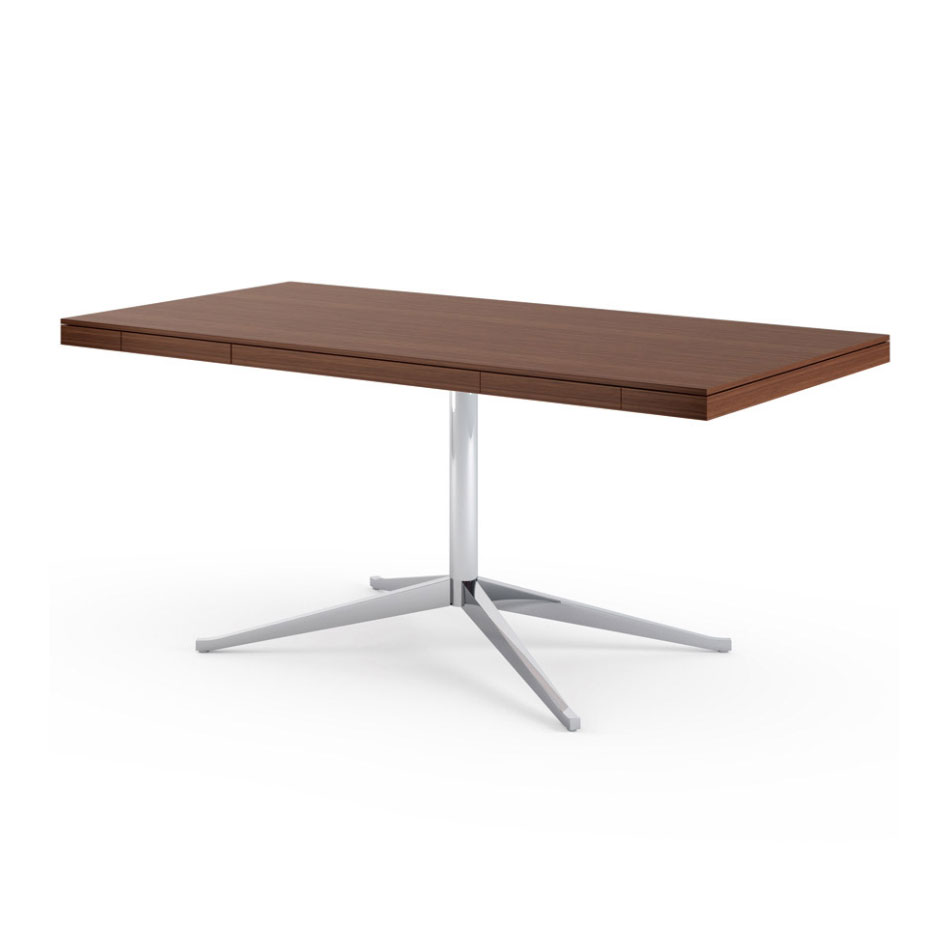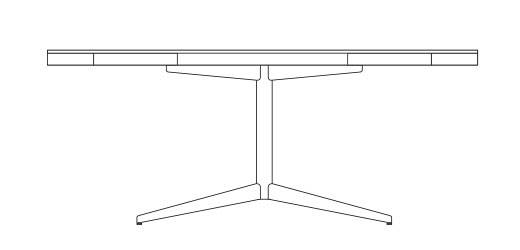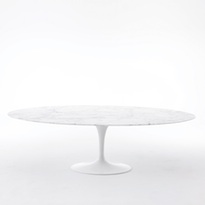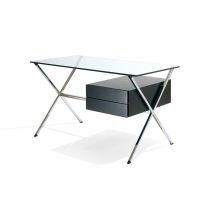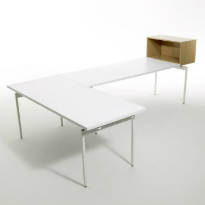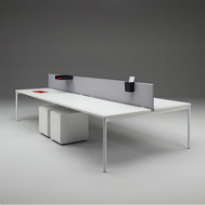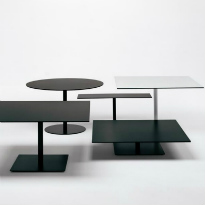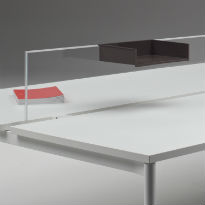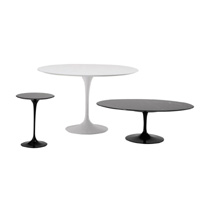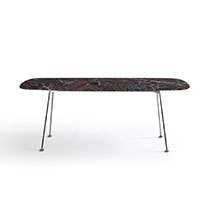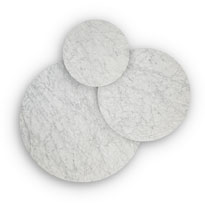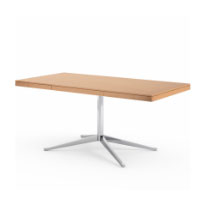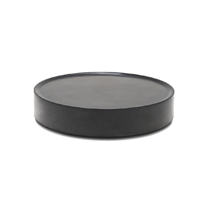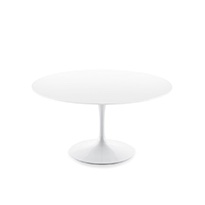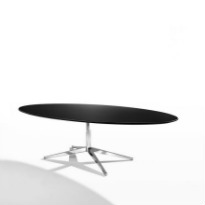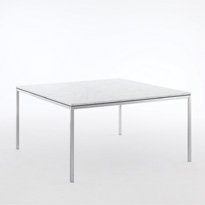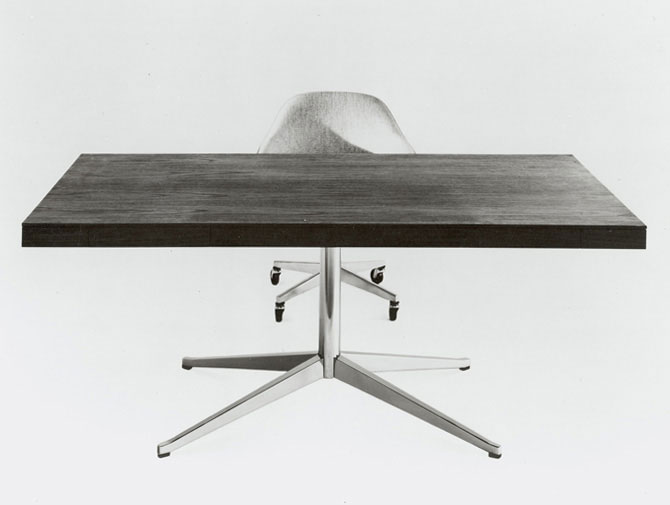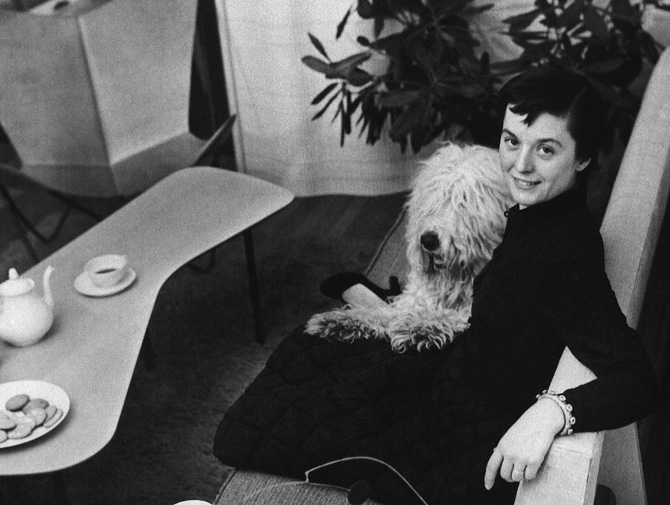Prior to the pioneering approach of Florence Knoll and the Knoll Planning Unit, executive offices in America were nearly all planned the same way. Florence Knoll described this standard layout in her 1964 “Commercial Interiors” entry for the Encyclopedia Britannica: “In such an office there was always a diagonally-placed desk, with a table set parallel behind it, a few chairs scattered around the edge of the room, and a glassed in bookcase. The table behind the desk generally became an unsightly storage receptacle.” Seeking to create a space better suited to the executive’s primary function — communication — Florence reconsidered the illogical layout from an architectural perspective. She eliminated the imposing desk, replacing it with the more inviting table desk, placed parallel to the back wall. Storage was moved to behind the table in a matching low credenza.
The elegant 2480 Pedestal Table Desk, introduced in 1961, exudes executive quality and epitomizes Mies van der Rohe’s impact on Florence’s approach to design. Each detail was endlessly refined to achieve simple, seemingly effortless beauty. Knoll Development Group member Vincent Cafiero: “She had an ability to see. I remember working with her on the base of the table, and we were talking about fractions of an inch — 16ths and 32nds of a taper — just to get it absolutely right.” Despite being conceived for the office, the table has found itself in many dining rooms over the last fifty years.
